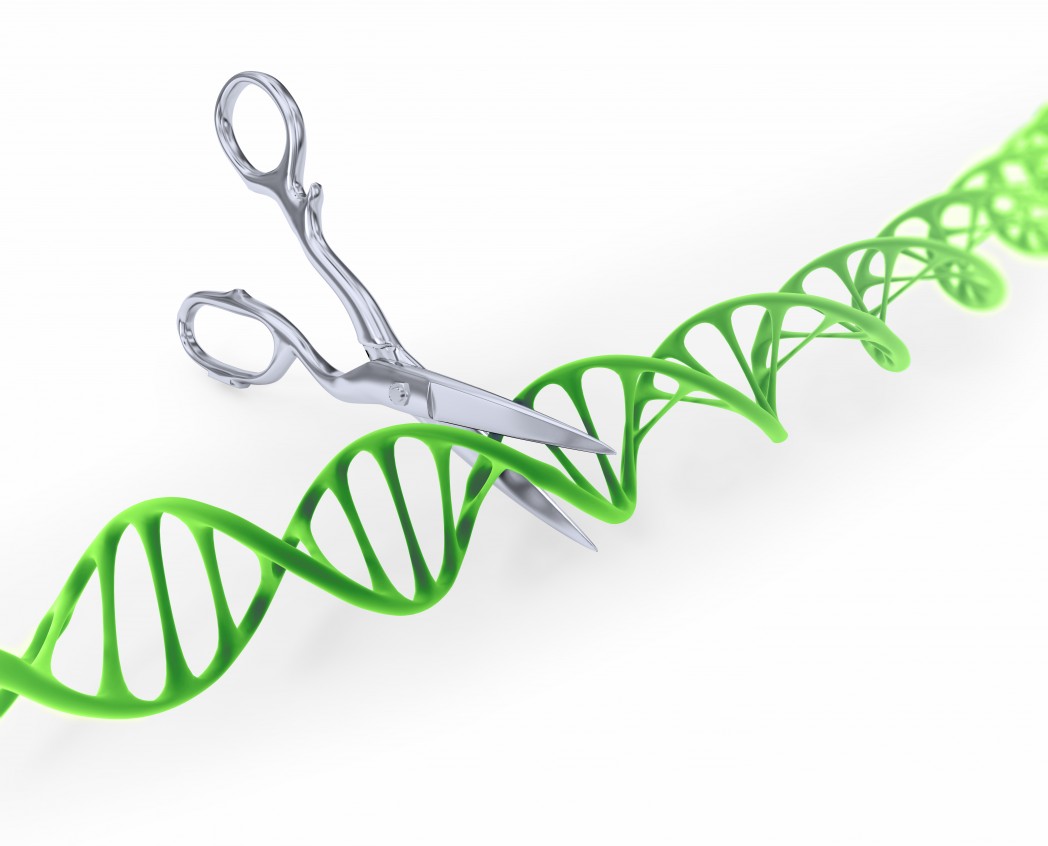Genetic Splicing Tool Defective in ALS and SMA, Possibly Offering Clues to Treatment

A molecular discovery explaining how motor neuron disease develops draws additional parallels between amyotrophic lateral sclerosis (ALS) and another neurodegenerative disease, spinal muscular atrophy (SMA).
The study, titled “Disruption of snRNP biogenesis factors Tgs1 and pICln induces phenotypes that mirror aspects of SMN-Gemins complex perturbation in Drosophila, providing new insights into spinal muscular atrophy,” and published in the journal Neurobiology of Disease, suggests the new findings might give researchers clues about how to treat both diseases.
In SMA, which affects mainly children, individuals are born with mutations in the SMN (survival of motor neuron) gene. Researchers believe that the protein produced by this gene is somehow involved in the “splicing machinery” — a crucial cell component needed to cut and stitch together pieces of the genetic blueprint when proteins are made.
Until now, no one has really proved that this process is affected in patients with SMA, although it has been suggested as a feature affecting nearly all ALS patients.
Researchers at the University of Malta in Malta — a tiny island state in the Mediterranean — and the Institut de Génétique Moléculaire de Montpellier (CNRS) in France studied molecular processes linked to SMN mutations in fruit flies, and discovered that the mutated protein causes two other proteins to misbehave. These proteins are crucial for the splicing machinery.
Researchers also found out why disease strikes selectively at motor neurons, although the machinery is crucial for all cells.
“Our study solves this mystery by showing that the motor neurons and muscles are highly sensitive to disturbances in the assembly of the splicing machine, consequently leading to them being selectively injured,” Ruben J. Cauchi, PhD, a faculty member of the University of Malta’s School of Medicine and Surgery, said in a news release.
The study also provides more evidence that SMA and ALS are linked, since the same cellular mechanism leads to damage of neurons in both conditions. “A shared mechanism translates into a common treatment,” said Rémy Bordonne, PhD, CNRS principal investigator and study co-author.
The research team believes the findings might lead to new approaches to treatment, and are now exploring mechanisms leading to motor neuron death in even greater detail.






